Humanity: The Antidote
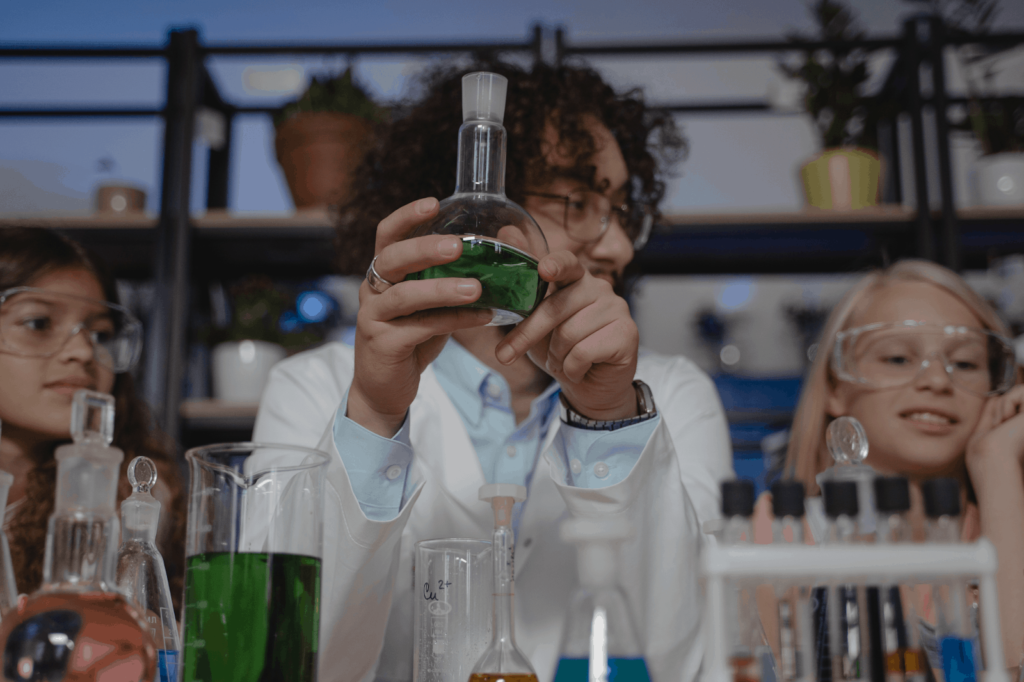
SEL, AI, SDGs. Awash in acronym-dom, which one grapples most for your attention? “Yes,” you may answer with a non-sequitur because holistically, no one is more important than the other. Each related but also if not rooted in humanity, layered in complexity. Yet, in a certain degree of stillness, there is a possibility to return to the simple. Not a gadget or gimmick. But, to what always has and likely always will matter most. Relationships and humanity.
The purpose of education is not only to prepare students for the future. In a more humane world, education exists for today too. A paramount need is for students to relate one with another but also with adults. Considered an “unshakable optimist,” best-selling author Simon Sinek attests to this fact, “I would love to teach us all to be a little more human.”
When learning shifted to virtual it illuminated a need to slow down. To make choices of what curriculum might best be pruned for the sake of going deeper with students and prioritizing relationships. So students are not lost in the labyrinth of online learning or possibly even left feeling overlooked, cameras off and speakers muted. It is not hyperbolic to recommend every day check-ins, with every single student. To add more spontaneity and fun, sometimes it may even be advantageous to ask students random questions like, “would you rather have the superpower to fly or to be invisible.” The point is to lighten the “mood of school” and simply connect.
Building Online Communities Does Not Just Happen
Or maybe it does, just not the types of communities educators might feel are most healthy, equitable, and conducive to learning. So, what with intention can be done to design virtual learning spaces to be optimal? Focusing on what matters most, students, is a precursory. Next, is the importance of a genuine desire to listen a little more attentively, making every effort to honestly develop in our abilities to have empathy.
“We’ve been forced to examine our lives through the lens of others and understand, accept and champion their individual situations and experiences,” reflected Andres Angelani in a Forbes article titled, “Empathy: A Priority For Business Leaders In 2021.” Central in this prioritization is to invest not only in IQ but also Emotional Intelligence (EQ). A broad spectrum of experiences led to various opinions of new ways of learning (ie. virtually). The summer of 2021 and its array of “realities” likely extenuated perceptions. Some students may be returning to school after summer months of free-roaming city streets without a mask or any restriction. Whereas, others possibly did not leave the confines of their home. With a new year of school in sight, some countries face more lock-downs. Others optimistically and nimbly prepare for what will hopefully be a “normal” start. Whatever the case, if the past two years have impressed upon us one principle, it is that the only certainty the future holds, is more uncertainty. Again, empathy and understanding others are essential. Stacey Goodman’s pre-pandemic article, “The importance of Teaching Through Relationships,” is one testimonial to the pertinence relational aspects have on learning and teaching.
The Human Skills We Need in an Unpredictable World
Writer and entrepreneur Margaret Heffernan gave a TED talk in July of 2019 titled,
“The Human Skills We Need in an Unpredictable World.” She spoke of “preparedness, coalition-building, imagination, experiments, bravery — in an unpredictable age, these are tremendous sources of resilience and strength.” She then transitioned into the role of digital tools saying, “…the more we let machines think for us, the less we think for ourselves.” Before concluding, Heffernan shared how during the pandemic and such stressful and turbulent times, she asked a number of chief executives the question, “What kept you going?” Some wept when they remembered but all had exactly the same answer, “It was my friends and my colleagues who kept me going.” Would teachers and students respond the same? If not, might schools embark upon this noble journey of developing communities where everyone feels they belong?
Deeply connecting with students and forging relationships is at the apex. Naturally, the next step might be to begin the school year by providing students an opportunity to closely examine their communities and their place within them. The exploration is a guided revelation of how communities, whether defined in global or more local contexts, ultimately exist without regard for time or space. Nalakui Academy is one example of a project-based, entrepreneurship, leadership, design program. Students consistently comment on relationship building as their favorite part of the experience. A component is learning alongside like-minded students, but also connections are established with start-up industry leaders already having an impact.
For example, for a more entrepreneurial student, she may envision her community as part of a group of young scientists interested in bionics, engineering, and modern technology. Whereas, another student may define his community as fellow students who frequent the local library. Place-based or not, both are in a position to lead to authenticity. Purposeful learning because their students feel a sense of agency. After a student identifies her community, getting out of the classroom (even virtual space) and inquiring to learn more, is a logical next step. The invitation is for students to speak with others in “their” community and to begin to explore ways in which they might be able to be of service. Quite possibly some students may feel even less inhibited doing this digitally if learning is virtual. Ultimately students likely will gain a better grasp of their identity but also can meaningfully contribute, feeling a sense of purpose.
Learning is a Social Endeavor
A June 18, 2021 article titled, The Remedy For Children’s Pandemic Isolation? After School Activities,” makes a case for the important role of social development outside of school. Clearly, this involvement is a helpful step but is in no way a panacea. Further, I can only imagine the famed social learning theorist Lev Vygotsky and how he might be rolling in his grave at the suggestion that society might be able to rebound simply by signing a child up for a softball team. Rather, social-emotional recovery cannot be envisioned as an extra or something that happens outside of school. At the foundational level, teachers must leverage intentional design as they construct active learning communities. Not only because we learn from our interactions with others but inherent also is our very identity. Who “we” are, as opposed to just who “I” might be as an individual. In this pursuit of who we are, it behooves us on a more macro level to consider what is a school and what purpose does it serve?
Transformation Necessitates Slowing Down
In 2018 authors Valerie Hannon and Amelia Peterson gave us, “Thrive: Schools Reinvented for the Real Challenges We Face.” Little did they know at the time that soon the pandemic would serve us much more fodder to reimagine education. This led to, “Thrive: The Purpose of Schools in a Changing World 2nd Edition,” in which four levels of thriving may prove worthy of our close consideration:
- global – our place in the planet
- societal – localities, communities, economies
- interpersonal – our relationships
- intrapersonal – the self
This is theoretical, so what about practically speaking? As simple as it may sound, but of critical importance is the response to the question, “What might happen if we slow down?” National Geographic fellow and explorer, Paul Salopek exemplifies this. Recently he wrote, “I am walking across the Earth. Over the course of perhaps a dozen years and roughly 24,000 miles, I’m trekking continuously along the pathways of the ancestors from Africa to South America. I document what I see at boot level.” All of this is in an effort to align with what Salopek believes matters most, people. “Slow journalism is about slowing down enough to actually inhabit the stories of the day. To immerse yourself in the stories of the day and to get to know the people who are behind the headlines, the ordinary people who are behind stories about mass migration, refugee crises, climate change…” Might we be emboldened enough as educators to know our students? For our students to know each other?
A Little More Human
As we look to transform the future of education, developing relationships must be in the crosshairs. Machines might speed up the world around us but must we? Or, might we focus on what matters most, understanding ourselves and others. Flexible and resilient. Though we may not control schools staying or returning to virtual mode, what we do have control over is that which we choose to prioritize. Like Simon Sinek, I too “would love to teach us all to be a little more human.”
For more, see:
- Prioritize Building Relationships With Your Students: What Science Says
- Nalukai Academy: Harvesting Hawai’i’s Next Generation of Leaders
Matt Piercy works at the International School Bangkok. You can follow him on Twitter @mpiercy35.
Stay in-the-know with innovations in learning by signing up for the weekly Smart Update.
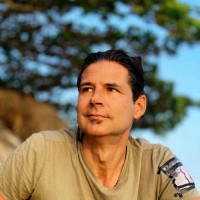



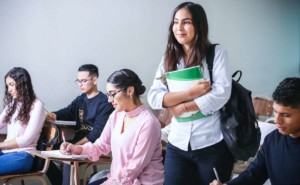
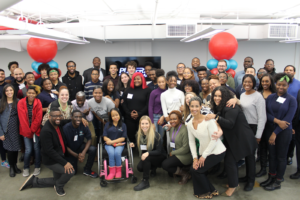
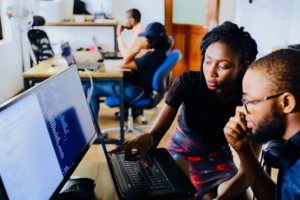
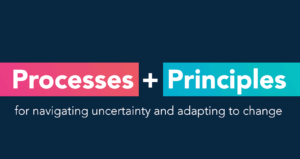
0 Comments
Leave a Comment
Your email address will not be published. All fields are required.